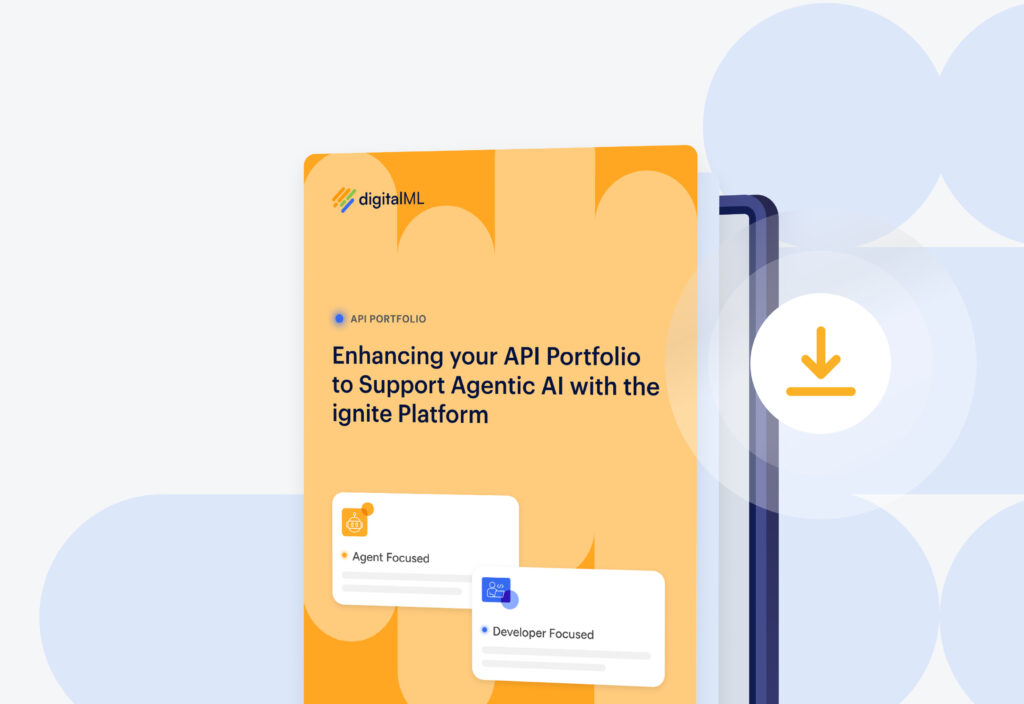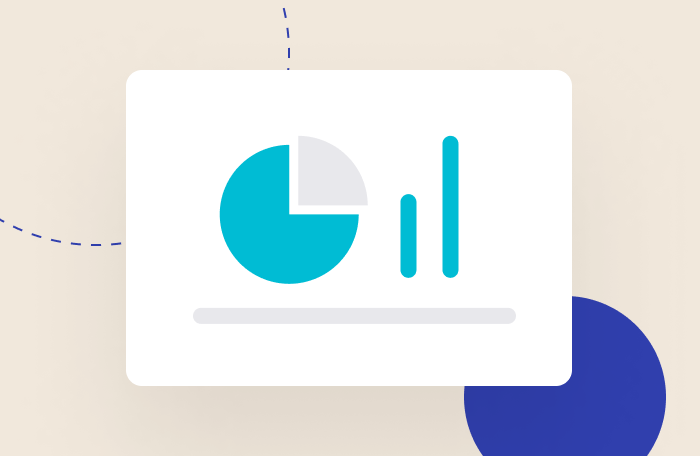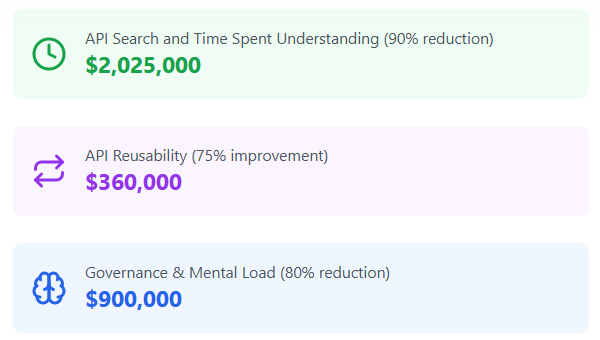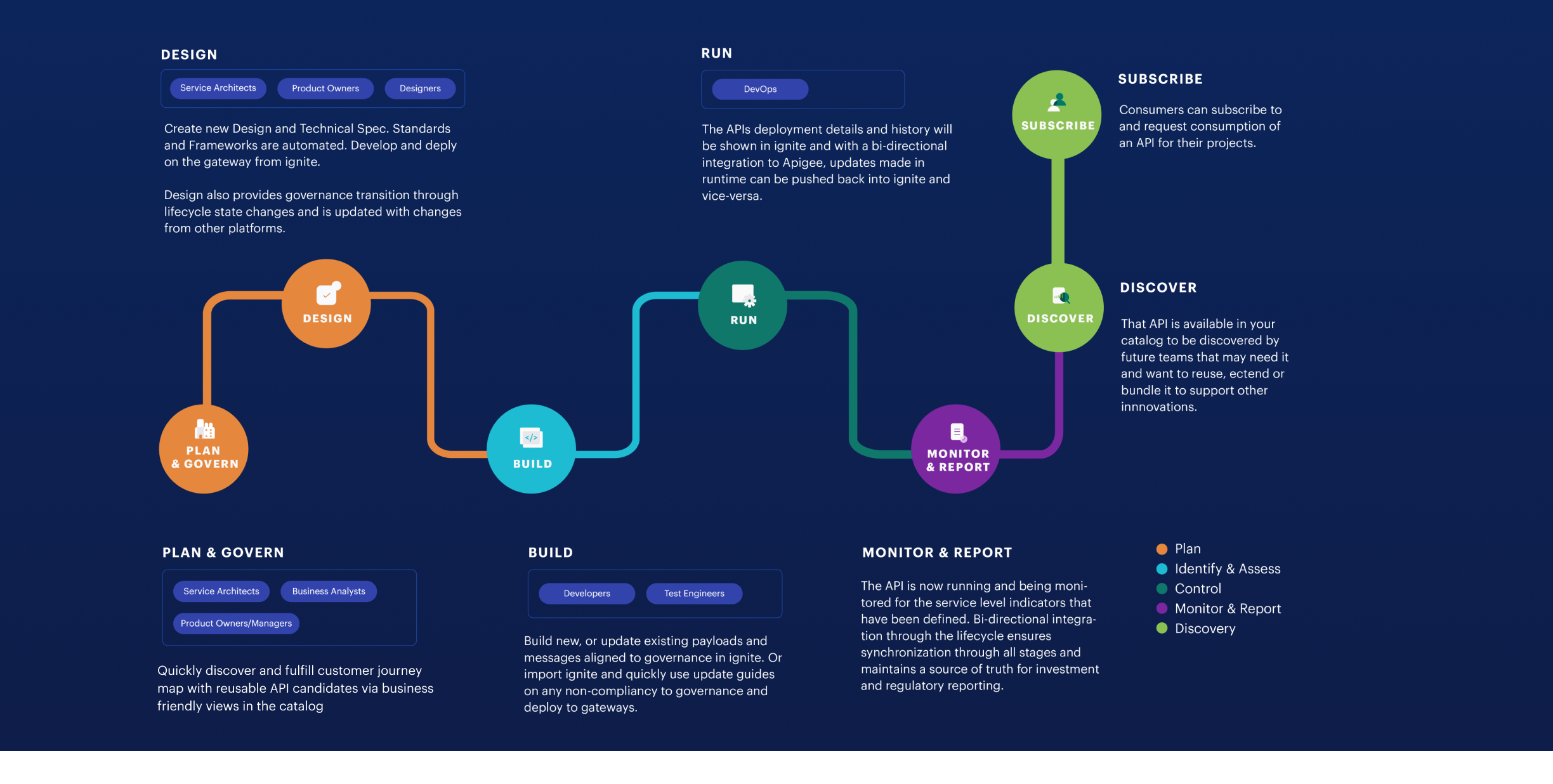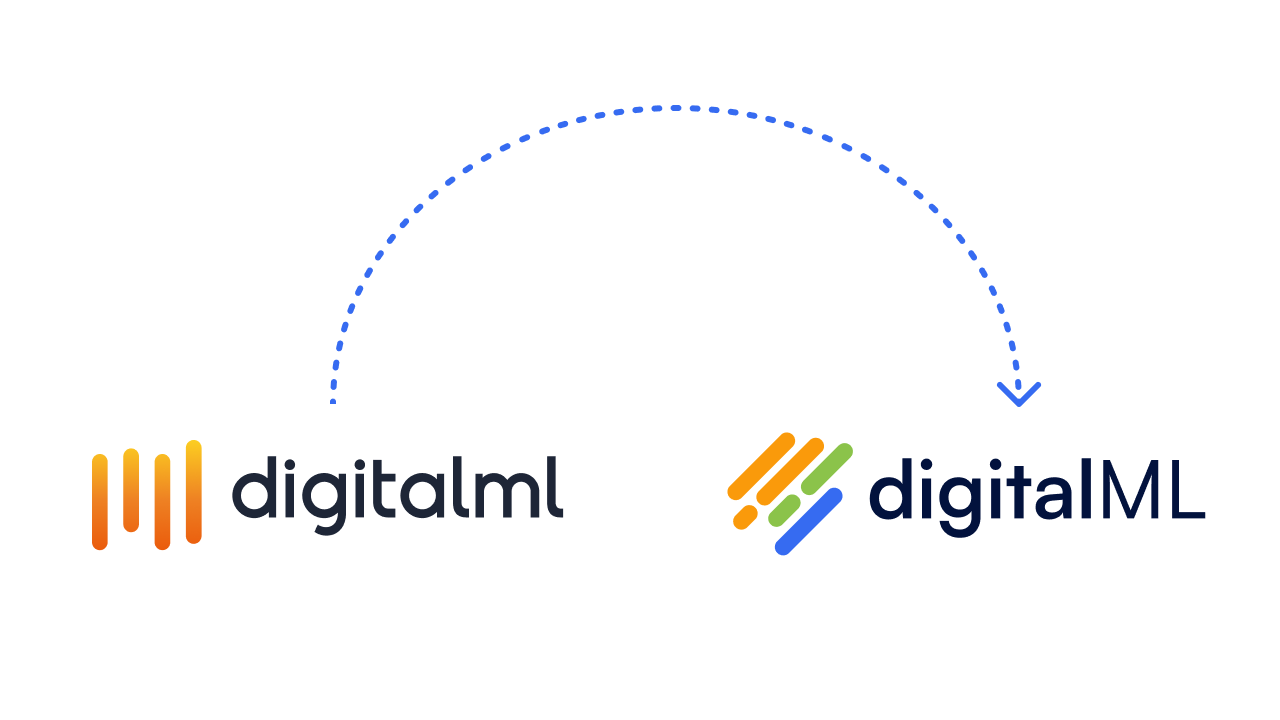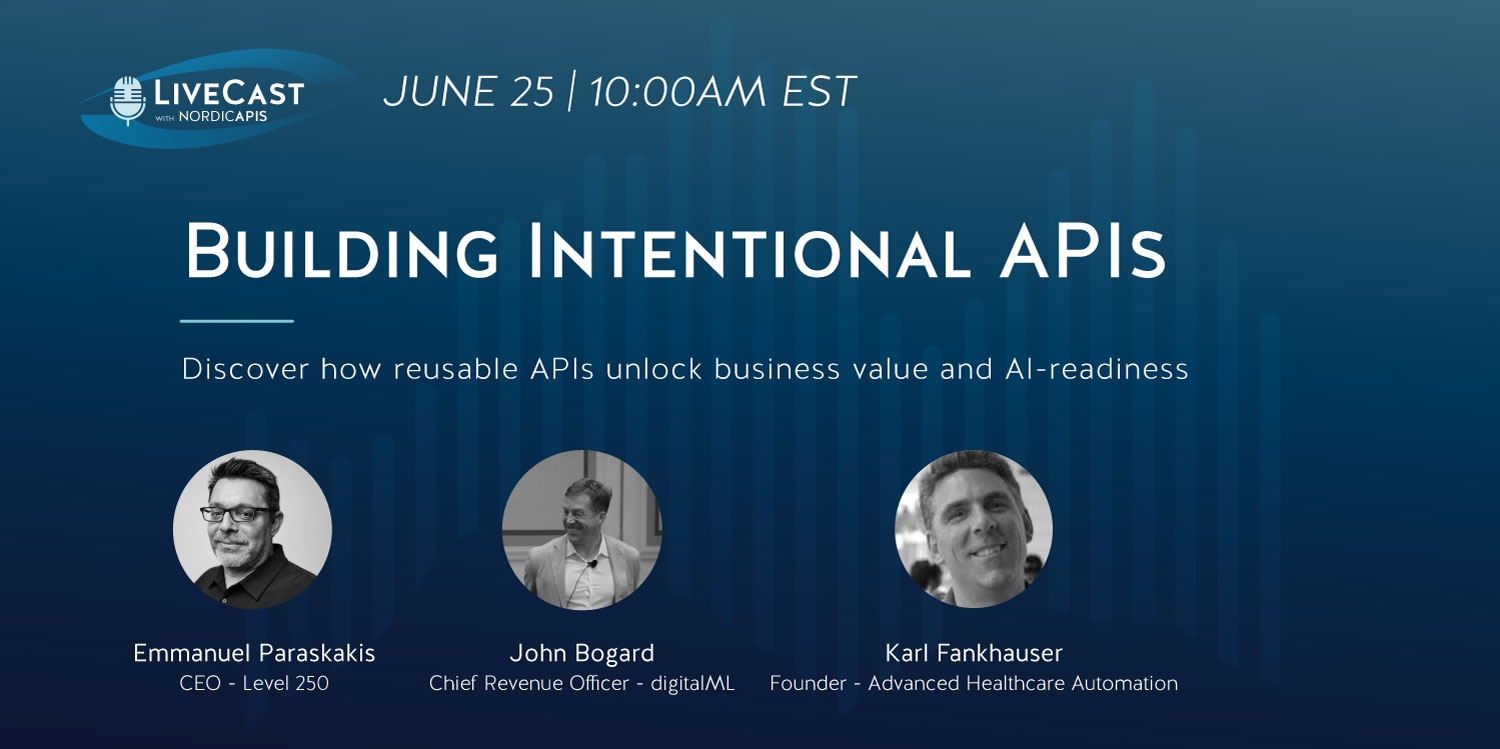As enterprises increasingly grow reliance on APIs (of many categories, protocols, and patterns) to power their digital business, it’s becoming clear that mature API lifecycle management goes well beyond managing a basic lifecycle of a few APIs. There are four key lenses that need to be considered for a mature enterprise API management framework:
- Optimizing the entire lifecycle process itself so it’s frictionless and democratized.
- Tailoring the lifecycles of the various personas interacting with APIs.
- Managing the lifecycles of the artifacts themselves (e.g. different types and categories of APIs, and versions of each).
- Enabling flexibility and an effective lifecycle of all your tooling, systems, architecture, and functionality.
In this article, we’ll explore each of these lenses and discuss how they accelerate API maturity. You’ll also learn why shifting your efforts and focus left is key to tackling all 4 lenses.
Enterprises are maturing beyond managing only the basic API lifecycle
In today’s digital world, APIs are essential for enabling businesses to:
- quickly and easily integrate with internal and external applications
- deliver differentiated experiences for internal stakeholders, partners, and customers
A well-managed API lifecycle will ensure that APIs are stable, secure and always up-to-date, while also providing the flexibility to rapidly deploy new features and functionality.
But when you’re an enterprise working with 1000s of APIs, many API teams, and an ecosystem of API tooling, the process becomes complex. Basic lifecycle management (i.e. develop, implement, and manage) is not enough to ensure quality and reusability at scale, and drive maturity. The enterprise API lifecycle management framework is maturing to incorporate 4 key lenses.
Framework Lens 1: Democratizing the Lifecycle Process
The lifecycle management process itself needs to be made frictionless, democratized, and scalable across all API types and categories. The management framework also needs to be optimized across all API lifecycle stages. While there’s often slight differences for each organization, the common lifecycle stages are:
- Plan
- Design
- Build
- Run
- Monitor & Report
- Promote & Discover
- Subscribe
By expanding the lifecycle, embracing the fact that APIs don’t just “get built”, and creating a process that’s frictionless and democratized, you can reach an important maturity milestone.
Developers and other roles in your process need to be able to do less with more, and a mature approach ensures:
- APIs are aligned to business needs early in the lifecycle.
- Increased productivity and frees developers from repetitive tasks for big brain thinking and innovation.
- Reduced duplication and customized interfaces and therefore reduced running and maintenance costs, as reuse is prioritized over building new;
- and lower complexity management costs when it comes to evolving APIs over time.
- Reduced security and compliance risks as vulnerabilities are identified and resolved earlier in the process.
- Improved quality and reliability of APIs deployed to your portals, marketplaces, and consumer views.
- A scalable and faster process for fulfilling target architecture with new and reused APIs.
- Automated deployment of reliable artifacts for consuming developers to build against.
- Governed and fast methodology for updates to APIs, without affecting production services
- The lifecycle is connected and active; APIs aren’t just developed and forgotten about.
Automation of manual repetitive and error-prone tasks is critical to establishing a mature API lifecycle management framework. Key areas for API automation to focus your efforts in addition to what you already are automating (such as testing, monitoring, and documentation) are:
- Automated API design and build
- Automated API governance and standards (done in a flexible and democratized way)
- Automated API version management and state change management
- Automated API discovery of APIs and their dependencies across multiple runtimes
- Automated damage control when things go wrong in your API lifecycle
This takes you from a once simple, now complicated manual lifecycle management process, to one that’s delivering tangible results and value from your API program.
Framework Lens 2: Tailoring the Lifecycles of Multiple Personas Involved with APIs
Different personas within an organization will want to interact with different parts of the API lifecycle, depending on their role.
For example, an API provider will be primarily interested in the design, build and deployment stages, while an API consumer will be more focused on finding and understanding APIs that they can use. Governance and compliance personnel will be interested in finding APIs that are high risk, and want a way to easily assign remediation tasks, while leadership stakeholders will want to understand overall coverage and maturity of the API program.
Each persona needs a tailored view of the overall lifecycle, and a process workflow that enables them to support their user journeys. It’s important to manage these effectively in order to get the most out of your enterprise API strategy. Different view of assets can help with this (as of course we can’t expect everyone in the organization to learn how to understand code). Some examples of different views of your APIs include:
- Business views e.g. API coverage in a business capability taxonomy tree, and an abstracted Design view of the API
- Technical views e.g. the API’s Specification and design vs runtime metrics
- Application views e.g. groupings of APIs in a Product Bundle that are deployed to support a partner app
- Data lineage and mapping views e.g. consumption dependencies between APIs
You also want to be supporting each personas user journey, so that they’re interacting with the parts of the API lifecycle process that matters to them. Utilizing RBAC (role based access controls), automated workflows and approval processes, and configurable groups can help enable this.
By incorporating this lens into your API lifecycle management framework, you can ensure that everyone gets the most out of the APIs that are available, and that new APIs are designed and deployed in a way that meets the needs of all stakeholders, as they can all collaborate across the entire process.
Framework Lens 3: Managing the Lifecycles of the Artifacts Themselves, and Ensuring Flexibility by Design
As mentioned before, you’re likely working with multiple API types and categories; each with their own versions, SLAs (service level agreements), etc.; all moving through lifecycle states. It becomes very complex very quickly!
For example:
- Some APIs might still be in-flight but app developers are already developing against them in anticipation of their launch.
- Others you might want to retire but they still have active consumers and so have dependents who need to me managed until you can migrate them to a newer version.
- And let’s not forget you’re also likely using 3rd party APIs; these might be being used in a product bundle so any time they’re updated you have additional complexity and dependency of managing the bundle’s lifecycle.
You’ll also have different variants of lifecycle strictness: a business capability API that’s going to be exposed in your public developer portal is going to need more guardrails across a strict lifecycle and approval process, whereas an east-west integration API might need visibility and tracking but have much less stringent governance standards applied to it.
It’s important to manage the lifecycle of all these artifacts in a way that’s
- Transparent so all stakeholders know what’s happening where.
- Capturing and minimizing complexity so you can move quickly without making breaking changes and affecting your consumers’ experience.
- Flexible so you can be responsive to changing runtime platforms, API protocols and design patterns, and API updates.
To embrace this lens, it’s important to look for API tooling that provides a flexible framework for all these artifacts (such as the way our ignite platform organizes artifacts into abstracted Designs, with nested Specifications and versions, and Product Bundles), each with their own change management, configurable governance guardrails, and appropriate level of abstraction so you can easily manage and minimize complexity.
Framework Lens 4: Enabling Flexibility and an Effective Lifecycle of Tooling, Systems, Architecture, and Functionality
The final lens of the framework is to leverage your new found lifecycle management maturity to enable flexibility and effective decisions across all your tooling, systems, and functionality; as these have their own lifecycles too.
Your API lifecycle management framework should not be siloed from the rest of your enterprise architecture. Instead, it should be connected and synced with your entire landscape and tooling; of course with your pipelines, repos, and runtime platforms, but also with other ecosystem apps and processes such as EA (enterprise architecture) tools, CoEs (centres of excellence), and support and ticketing systems etc.
This enables you to capture and assess other aspects of maturity. For example, you might want to expand your governance maturity to incorporate logging quality, testing coverage, and cost reduction efficiency, to name a few.
This helps evolve your lifecycle management process from “just” capturing and managing API sprawl and complexity, to a position where you’re actionably rationalizing and making data-led decisions on your architecture and tooling.
You can rationalize what’s working well and delivering you good ROI (return on investment), what needs tweaking to optimize and where, and what’s costing more time and resource than it’s worth so needs replacing or retiring. And, because you’ve built in flexibility by design across lenses 1-3, you’re able to do all this quickly and without risk.
Closing Thoughts
Evolving to adopt all 4 lenses of a mature enterprise API management framework can seem daunting. We want to leave you with one bit of guidance that has worked well for our enterprise customers on their journey.
The biggest impact has been to shift left with their tooling, mindset, and process, so they’re managing their APIs away from API gateways, traditional API management platforms, and implementation code.
Doing this enables responsiveness, collaboration, and agility to embrace and optimize all aspects of a mature framework.

